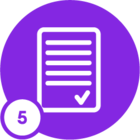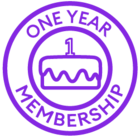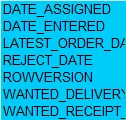We are currently exploring the feasibility of monitoring end-to-end IFS IEE business transactions. For example, we aim to measure the time taken by users in different locations (such as India or the US) to complete actions like creating a Purchase Requisition—starting from the point they click the Save button in IEE.
However, we’ve noticed that IEE generates HTTP calls using the same endpoint URL across transactions, and the request headers do not provide sufficient detail to differentiate specific business actions.
I would like to seek guidance from the experts here—has anyone faced a similar challenge and successfully implemented a solution for this?
Any suggestions, insights, or examples (tools, customization, or configuration changes) on how to achieve such transaction-level monitoring would be greatly appreciated.





